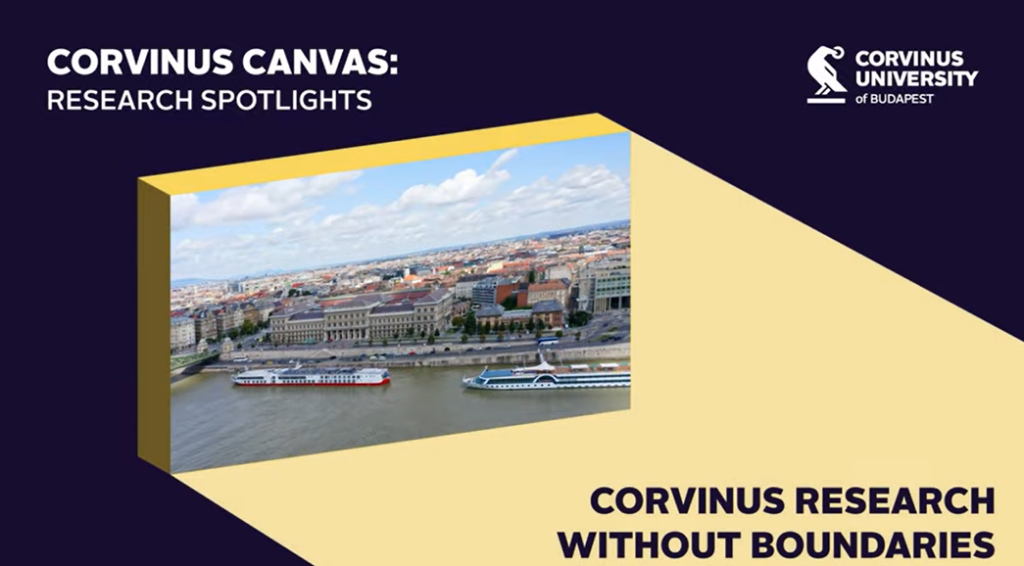NETI lab
RESEARCH FOCUS
Our Research Group deals with the socio-economic effects of networks, innovation and technology. We primarily conduct empirical network analysis in connection with the labor market, innovation, supplier-customer networks, as well as relationships within organizations, intra-city mobility and scientific relationships (science of science).
Mobility, social and economic relations and inequality in cities – OTKA research project
The research is organised around a number of key themes related to urban mobility. What impact do physical barriers have on urban transport? What is the relationship between transport infrastructure (highways, railways) and the way people are connected and separated? What is the role of workplaces and public transport in the 15-minute city concept? What city services are used by residents and why do they travel further afield? Please clarify the distinction between the 15-minute city concept and urban segregation.
We monitor the location of devices based on the geolocation data provided by users, including information from mobile phones and applications. This is linked on a regional basis with public transport schedule data, city services (“Openstreetmap”), and census district-level data. It is evident that social groups are intermingling in urban areas characterised by a concentration of services and a complex urban structure. The availability of large-scale infrastructure, such as rivers, roads and highways, has a significant impact on this.
MEMBERS
Head of Research Center
Elekes Zoltán (KRTK KTI)
Tóth Gergő (KRTK KTI)
Magyar Gergely (KRTK KTI)
Mendl Márk (KRTK KTI)
PUBLICATION HIGHLIGHTS
Abbasiharofteh, M., Kogler, D. F., & Lengyel, B. (2023). Atypical combinations of technologies in regional co-inventor networks.
Research Policy, 52(10), 104886.
Kogler, D. F., Whittle, A., Kim, K., & Lengyel, B. (2023). Understanding Regional Branching: Knowledge Diversification via Inventor and Firm Collaboration Networks.
Economic Geography, 99(5), 471–498.
Kovács, Á. J., Juhász, S., Bokányi, E., & Lengyel, B. (2023). Income-related spatial concentration of individual social capital in cities.
. Environment and Planning B: Urban Analytics and City Science, 50(4), 1072-1086.
Kiss, K. M., Lőrincz, L., Csáfordi, Z., & Lengyel, B. (2023). Related adjustment of firm production after demand shocks.
Plos One, 18(1), e0280461.
Ilyés, V., & Sebők, A. (2023). University peers and career prospects: The impact of university ties on early labor market outcomes.
Economics of Education Review, 96, 102456.
IMPACT
Our lab mainly develops strategy and design for urban planning and use of urban space.
Previous partnerships
- With Umea University
- Complexity Science Hub Wien
- Central European University
- MOL LTD.
- Telecom Hungary
- Budapesti Közlekedési Központ (BKK)


